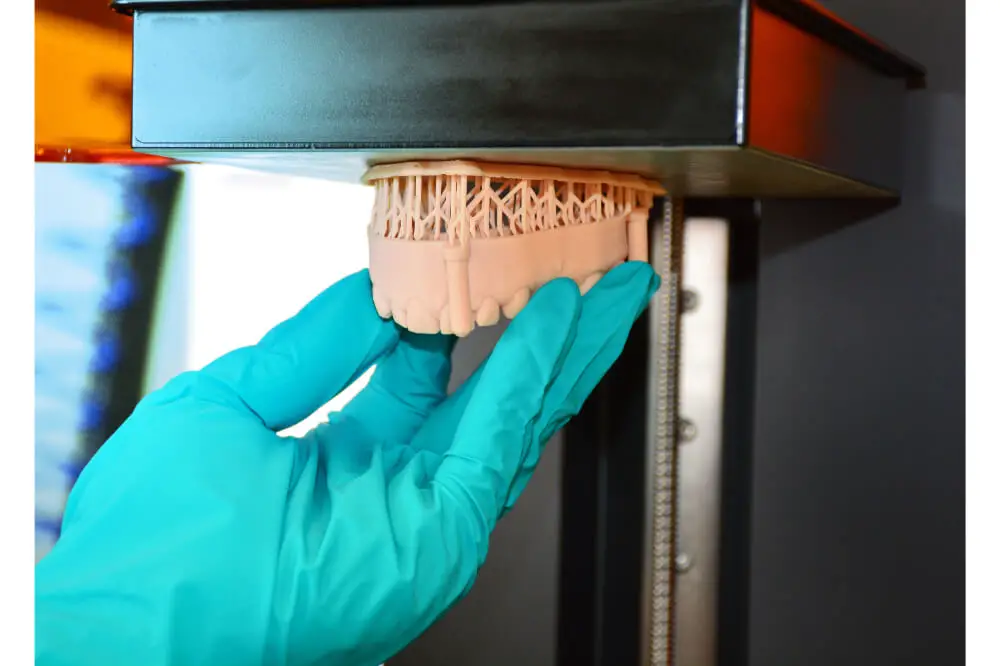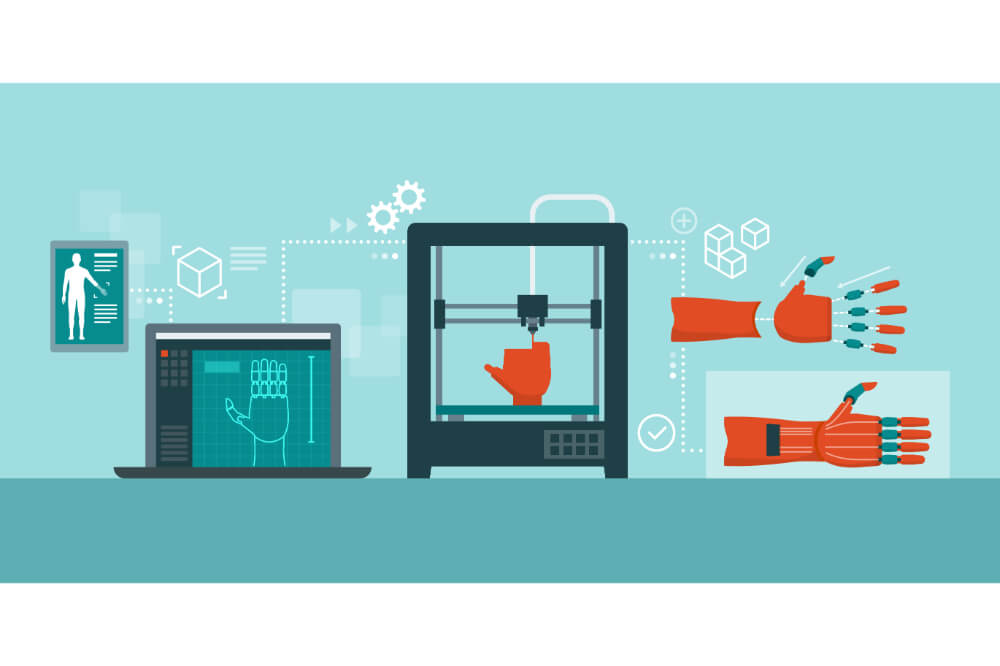Back in the 1980s, Chuck Hall’s idea of three-dimensional printing objects looked like something you would see in futuristic movies. However, this has come to fruition many years later with 3D printing technology now the talk worldwide. The question in mind is, have 3D printers changed the world?
If you’ve been wondering about this, this article is meant for you. Here’s an overview of how this innovative technology has been a game-changer across the many industries from aerospace, construction, and engineering. Therefore, let’s dive straight in to explain the various ways this technology has revolutionized the world.
It’s Transformed The Medical Field Upside-Down
If there’s one industry where the impact of 3D printers is well evident, it is the medical field. This is from medications, prosthetics to surgery. The use of 3D printing in prosthetics is fast gaining popularity since it’s highly customizable.
An excellent example of this is Not Impossible Labs doing research using 3D printing technology to develop prosthetics for patients amputated in war-torn areas. The price of these prosthetics is $100.3.
At such prices, amputees worldwide get to get prosthetics at an affordable price, and all this is thanks to 3D printing technology. The use of 3D printers is also used in surgery, with replicas of organs and hearts typically used by surgeons for preparation.
Another area where 3D printing is being used in the medical field is bioprinting, which uses “ink” made of tissue and human cells. Most medical and tech professionals predict that the use of 3D printed organs will take effect by 2025.

At the moment, 3D printing technology has been used in the repair of damaged cartilage and bone. This technology was used back in 2014 by surgeons when repairing the face of a man injured in a road accident.
3D printers are also being used in the printing of pills. An example of such a pill is Spiritam, an anti-seizure medication printed using a 3D printer. 3D printed pills are a great choice because they’re not only practical but also cheap, thereby making life saving medications readily available to everyone.
Delivery Of On-Demand Dining
An exciting area where 3D printers can be used is in the printing of food on demand. Therefore, it’s evident that the use of 3D printing technology can also be used in making delicious treats to enjoy yourself. In the future, this could see restaurants opt to use 3D printers and consequently give their customers the choice to design their meals.
With on-demand dining 3D printing previously thought to be something seen in science fiction movies, this has been made a reality thanks to 3D printers.
Saving The Environment
With global warming on the rise, there’s an increasing need to develop ways to make things a lot better to help curb this problem. This is an area where the use of 3D printers is proving to be of significant impact. This technology ranges from providing more industrial sustainable manufacturing alternatives, reducing waste material to saving injured animals living by restoring delicate ecosystems.
3D printing technology also makes it easier for other manufacturers to produce certain items locally. This, in the long run, will help reduce over dependence on fossil fuels. Furthermore, this technology is also being used in the study of environmental degradation.
In an attempt to try and better comprehend climate change effects on the Great Barrier Reef, researchers from the University of Sydney are achieving this thanks to 3D printing technology.
It’s also being used to assist reefs in recovery after storms and bleaching. In addition to this, a greater number of researchers are utilizing this technology to solve serious and complex environmental problems.
With that said, most 3D printers still use lots of power, averaging 50 to 100 times greater than what traditional methods of production consume. This is a big downside despite this technology only using recycled materials.
Revolutionizing Education
The education sector has also not been left out in the use of 3D printers. According to survey reports, teachers hope to increase the use of 3D printers by 77%. This is because teachers feel that students could benefit greatly from 3D printing skills. Learning how to use 3D printers could also boost the students in a broad range of subjects, including history, science, mathematics, and many others.
Thanks to 3D printers, teachers are now able to print objects such as historical artifacts, bones, and fossils. This is especially helpful since many of these items, in most cases, are very delicate for students to handle.
With 3D printed objects, the students still get a better understanding of the actual item’s appearance. The use of 3D printing technology is also evident in the teaching of engineering and physics courses to assist in improving the design and creative skills of children.
Facilitating Construction
The use of 3D printers doesn’t only apply to small projects but also to equally huge projects. It’s this that has led to this technology to be used during the printing of buildings. This means that the use of 3D orienting technology might someday, in the future, be used in architectural and construction processes.
Using a 3D printer, designers can design a structure or home using a 3D design software. Consequently, this printer can be used when printing a house. This rules out the need to hire construction crews who were used in the construction of the hone’s foundation or building the bones.
The use of 3D printers to design habitable and secure buildings is still expertise many people are yet to perfect. Nonetheless, it’s still used when designing building components such as floor panels and sockets.
Reduce Shipping Pollution
The conveyance of manufactured products from one point to another requires gas and energy. However, with 3D printers becoming increasingly popular, many persons can now print objects at the convenience of their offices or homes. Therefore, this helps reduce the amount of pollution caused during the delivery of a manufactured item using a truck, airplane, or cargo ship.
Conclusion
3D printers have come with a lot of hype, and after reading this detailed article, you can now see that this isn’t unwarranted. With the potential of 3D printing technology not yet fully explored, it’s clear that this technology has a lot to offer. If you had any reservations about this technology, this article has provided you with insights on why to disregard such a thought.


